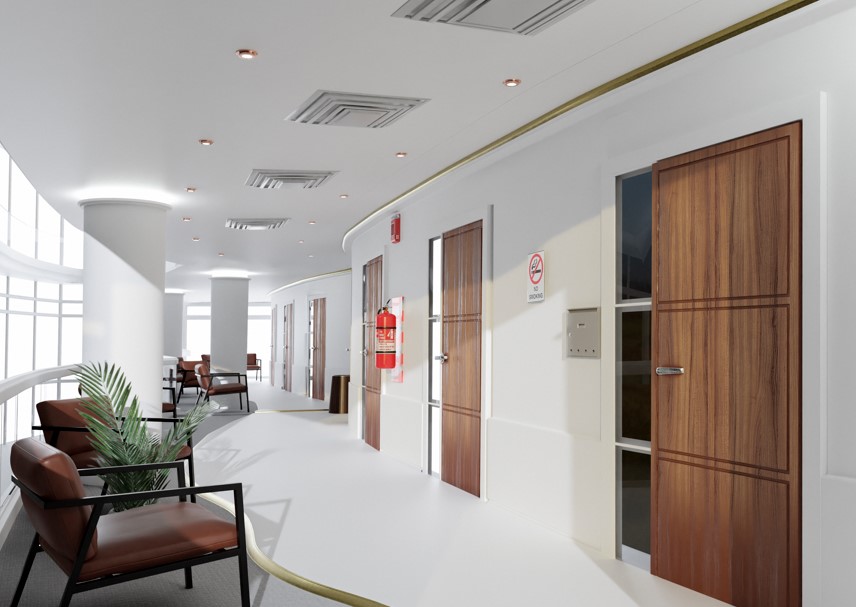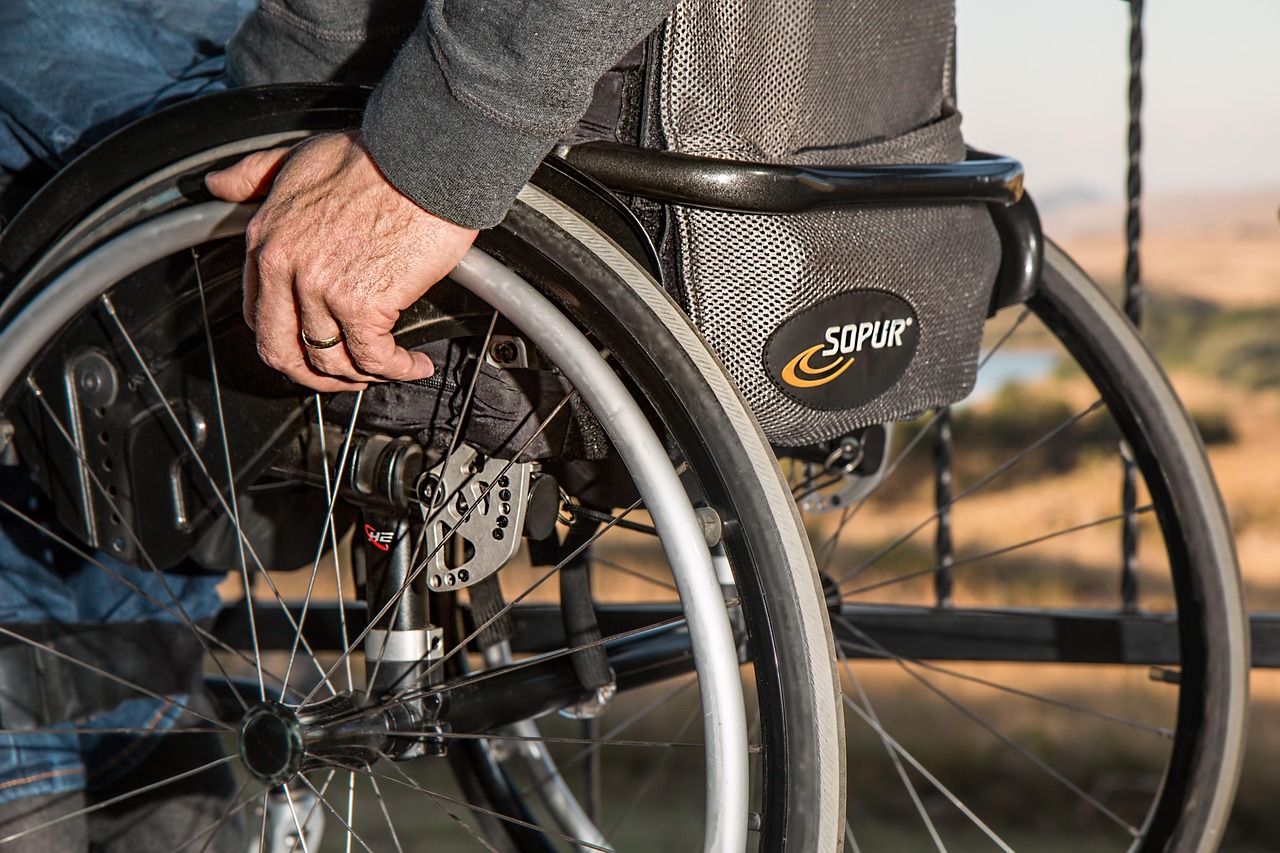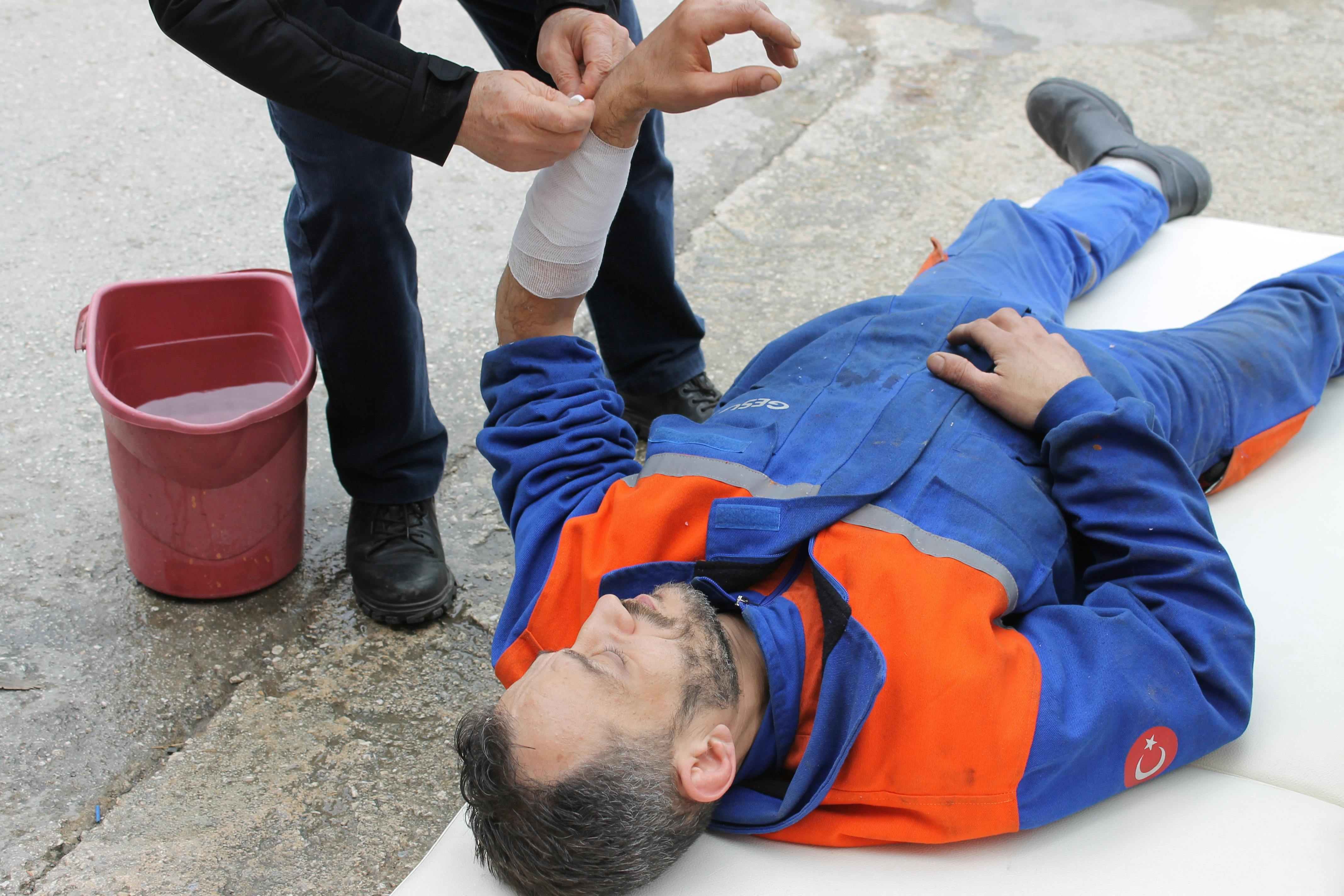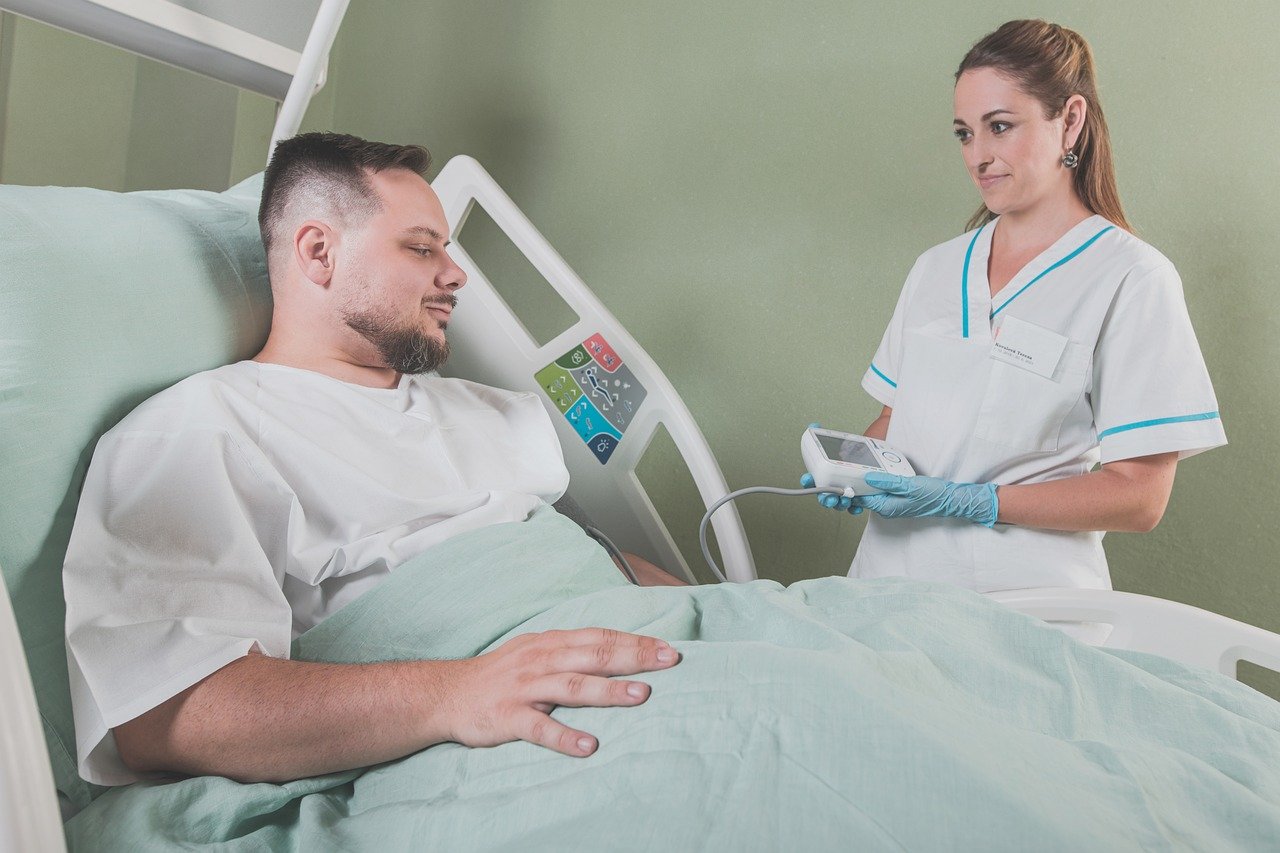11
Apr 2024
How to Ensure the Safe Shipment of Medical Supplies?
Published in General on April 11, 2024
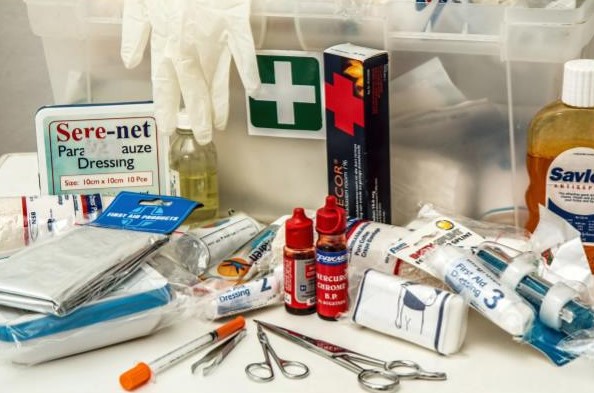
In the rapidly evolving healthcare industry, the safe and timely delivery of medical supplies plays a critical role in ensuring that healthcare facilities can provide the best possible care to their patients. From life-saving medications and vaccines to essential surgical instruments and diagnostic equipment, each item must be handled with the utmost care throughout the shipment process. This introduction outlines the key considerations and best practices for ensuring the integrity and security of medical supplies as they traverse the complex logistics chain from manufacturers to healthcare providers.
Utilizing Temperature-Controlled Packaging
One of the foremost challenges in shipping medical supplies is maintaining the right temperature throughout the logistics chain. Sensitive medications, vaccines, and biological materials require strict temperature control to preserve their efficacy and safety. Employing advanced temperature-controlled packaging solutions, from insulated boxes with gel packs to sophisticated climate-controlled containers, is essential. These technologies enable real-time temperature monitoring and alert systems, ensuring that any deviations are promptly addressed, thereby significantly reducing the risk of compromising medical supplies during transit.
Choosing a Reliable Medical Courier
Selecting a dedicated and experienced medical courier is another pivotal step in safeguarding the shipment of medical supplies. If you live in Australia, a reputable medical courier brisbane has to offer, will have a thorough understanding of local regulations and possess the necessary infrastructure to ensure safe and efficient delivery. A specialized courier understands the unique requirements and sensitivities of medical deliveries, including the importance of adhering to strict delivery timelines and the necessity of handling the supplies with exceptional care. Furthermore, a reliable medical courier will have robust tracking systems in place, offering transparency and real-time updates to both the sender and recipient. This level of service ensures that medical supplies reach their destination safely and efficiently, which is of paramount importance in emergency situations or when transporting time-sensitive items.
Implementing Strict Packaging Standards
Every package of medical supplies necessitates unwavering adherence to rigorous packaging standards to guarantee its safety and integrity throughout the shipping process. This critical measure involves utilizing robust, durable materials capable of withstanding the various stresses of transportation, including vibration, pressure, and possible exposure to different environmental conditions. Additionally, the implementation of secure seals and tamper-evident features is essential for protecting the contents against contamination, physical damage, and unauthorized access. Moreover, precise labeling of the packaging is mandatory, providing clear handling instructions, identifying potential hazards (if applicable), and outlining specific temperature requirements. This meticulous approach not only minimizes the risk of mishandling but also ensures strict compliance with health and safety regulations, thereby safeguarding the well-being of recipients and handlers alike.
Training for Special Handling Procedures
The necessity for all personnel involved in the shipment of medical supplies to undergo comprehensive training in special handling procedures cannot be overstated. This training encompasses the correct methodologies for packing, loading, unloading, and storing medical items, with particular emphasis on those that are fragile, temperature-sensitive, or classified as potentially hazardous. By guaranteeing that everyone, from warehouse staff to delivery personnel, is fully cognizant of the significance of these procedures, the likelihood of damage or loss during shipment is markedly diminished. This initiative fosters a culture of responsibility and expertise among all parties involved in the logistics chain, ensuring the highest level of care and attention to detail.
Regulatory Compliance and Documentation
Achieving and maintaining regulatory compliance stands as a pivotal element in the secure shipment of medical supplies. This complex task demands a thorough understanding of and strict adherence to an extensive array of local, national, and international regulations that dictate the transportation of medical items. Moreover, the creation and maintenance of accurate and comprehensive documentation are indispensable. Such documentation not only facilitates smooth customs clearance and verifies compliance with shipping regulations but also provides an exhaustive record of the shipment’s trajectory. This level of documentation is crucial for maintaining accountability and enabling traceability, thereby reinforcing the integrity of the supply chain.
Adopting Technology for Enhanced Security
The adoption of advanced technological solutions can significantly amplify the security and operational efficiency of shipping medical supplies. Cutting-edge technologies, including GPS tracking systems, RFID tags, and devices empowered by the Internet of Things (IoT), afford real-time insights into the precise location and condition of shipments. This capability is instrumental in swiftly identifying and rectifying any transit-related issues as they occur. Additionally, such technologies serve as potent deterrents against theft and tampering, ensuring that medical supplies are securely monitored and protected until they safely reach their intended destinations.
Emergency Contingency Planning
Despite meticulous planning and preparation, the delivery of medical supplies can be adversely affected by unforeseen events. As such, the formulation of a well-structured emergency contingency plan is indispensable. This strategic plan should encompass a wide range of procedures tailored to address potential disruptions, from transportation delays caused by adverse weather conditions to more severe supply chain interruptions stemming from geopolitical tensions or natural disasters. The presence of a robust contingency plan enables the swift activation of alternative logistical arrangements, thereby minimizing any detrimental effects on the scheduled delivery of critical medical supplies.
Continuous Quality Improvement
An enduring commitment to the principle of continuous quality improvement is fundamental to the successful shipment of medical supplies. This philosophy entails a regular examination and refinement of shipping practices, staying abreast of the latest developments in packaging and transportation technologies, and actively soliciting and incorporating feedback from healthcare providers and recipients. Such a proactive approach to quality improvement aids in the identification and rectification of potential vulnerabilities within the shipping process. Implementing effective solutions not only enhances the overall reliability and efficiency of medical supply logistics but also contributes to the ultimate goal of supporting healthcare systems and patient care.
The intricate process of shipping medical supplies underscores the critical intersection of healthcare and logistics. By integrating advanced packaging solutions, selecting experienced couriers, adhering to stringent packaging standards, training for special handling, ensuring regulatory compliance, leveraging technology for security, planning for contingencies, and committing to continuous improvement, the integrity and efficiency of medical supply shipments can be significantly enhanced. These best practices not only safeguard the invaluable supplies needed for patient care but also fortify the resilience of healthcare systems against logistics challenges. In a rapidly evolving world, where the demand for medical supplies is both constant and urgent, the strategies outlined in this document serve as essential guidelines for maintaining the highest standards of care and safety.





